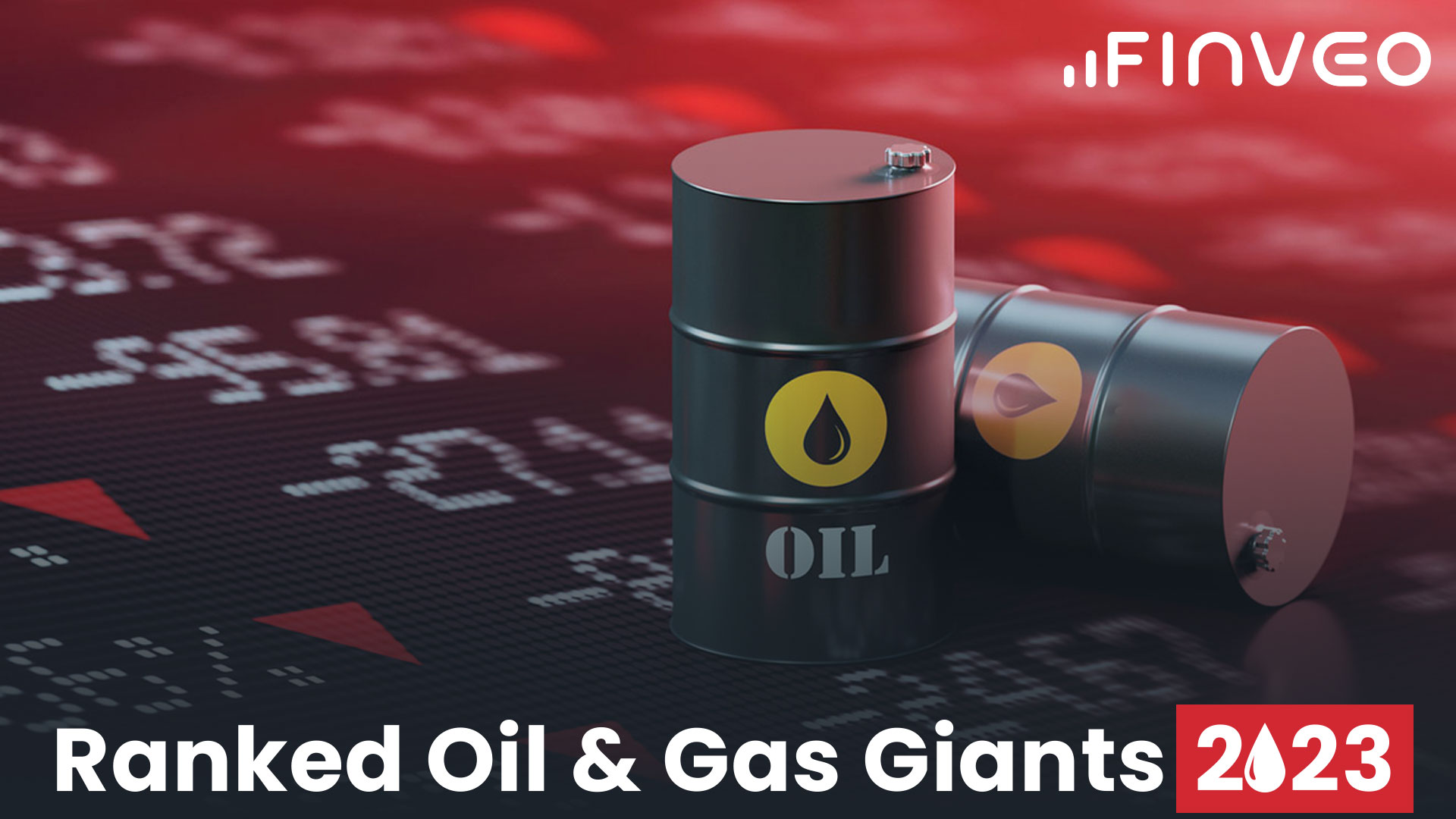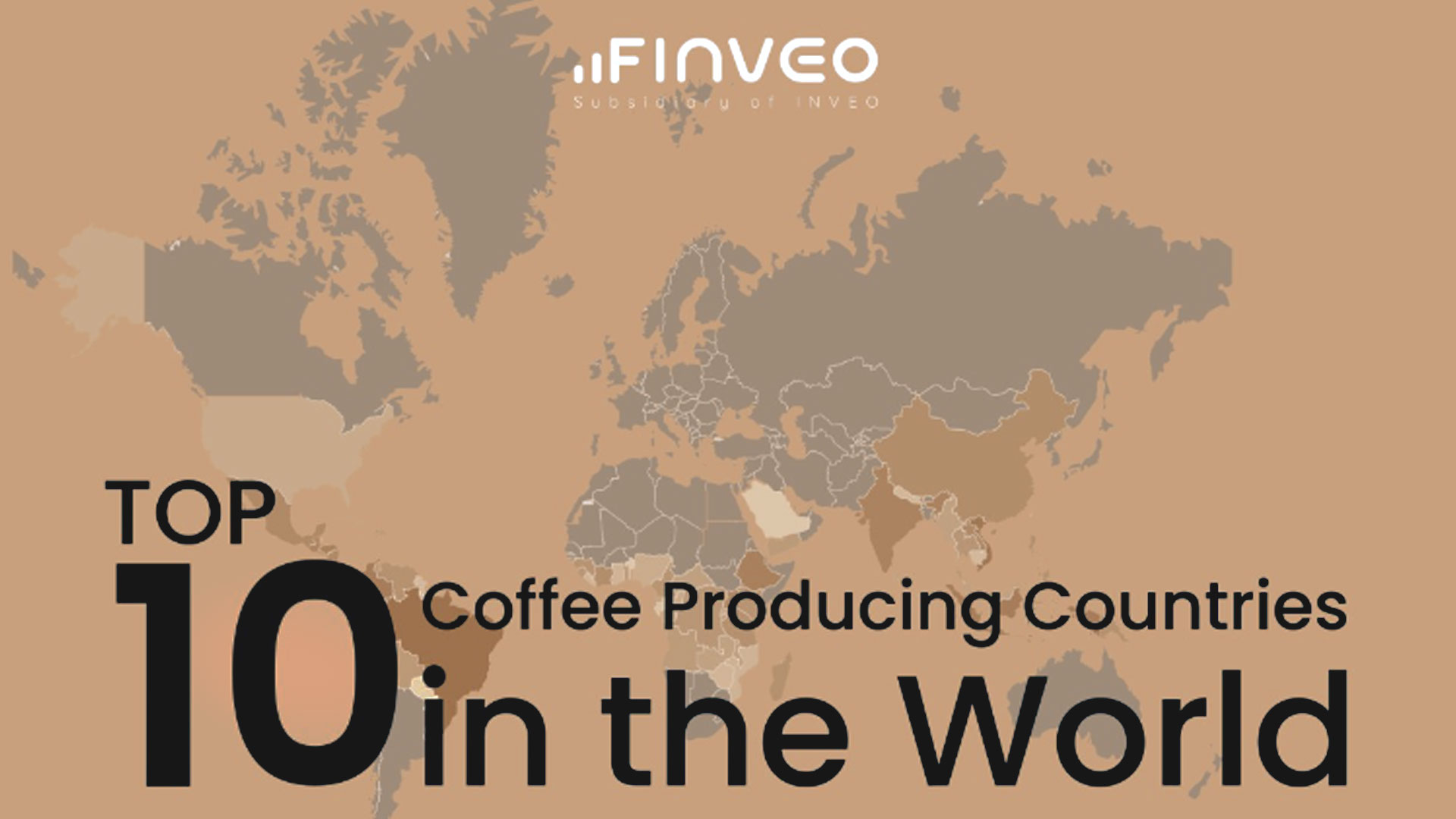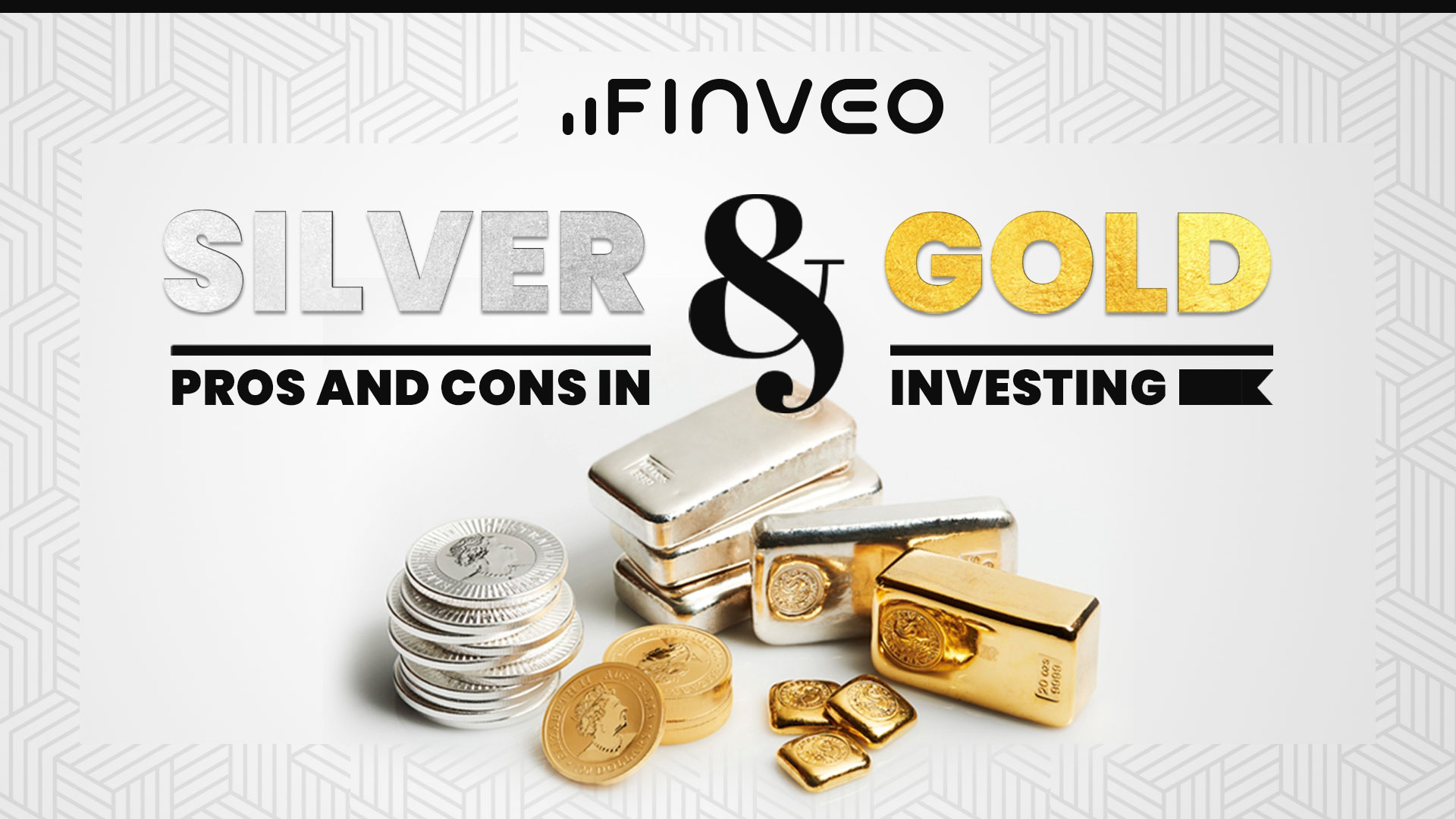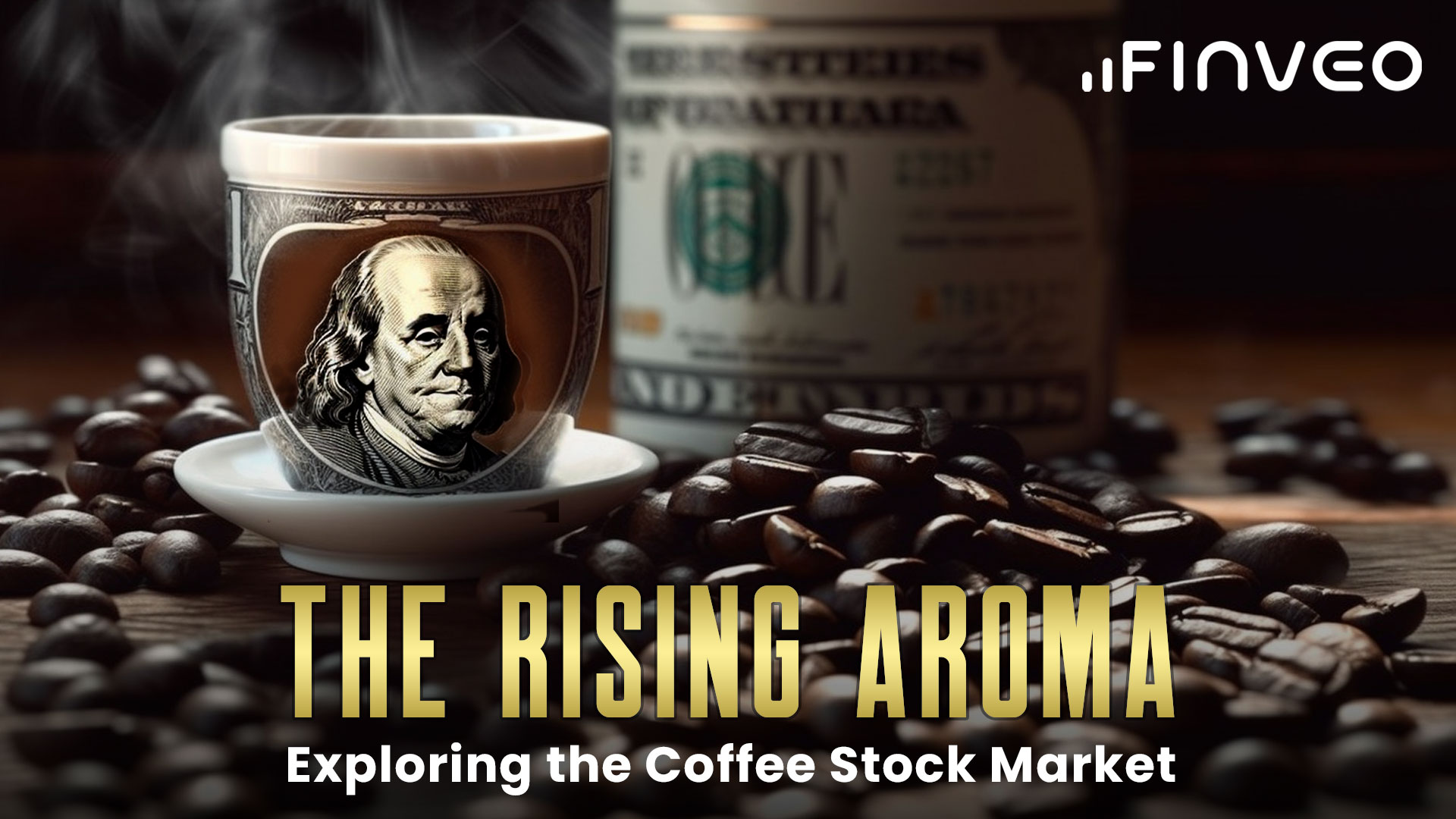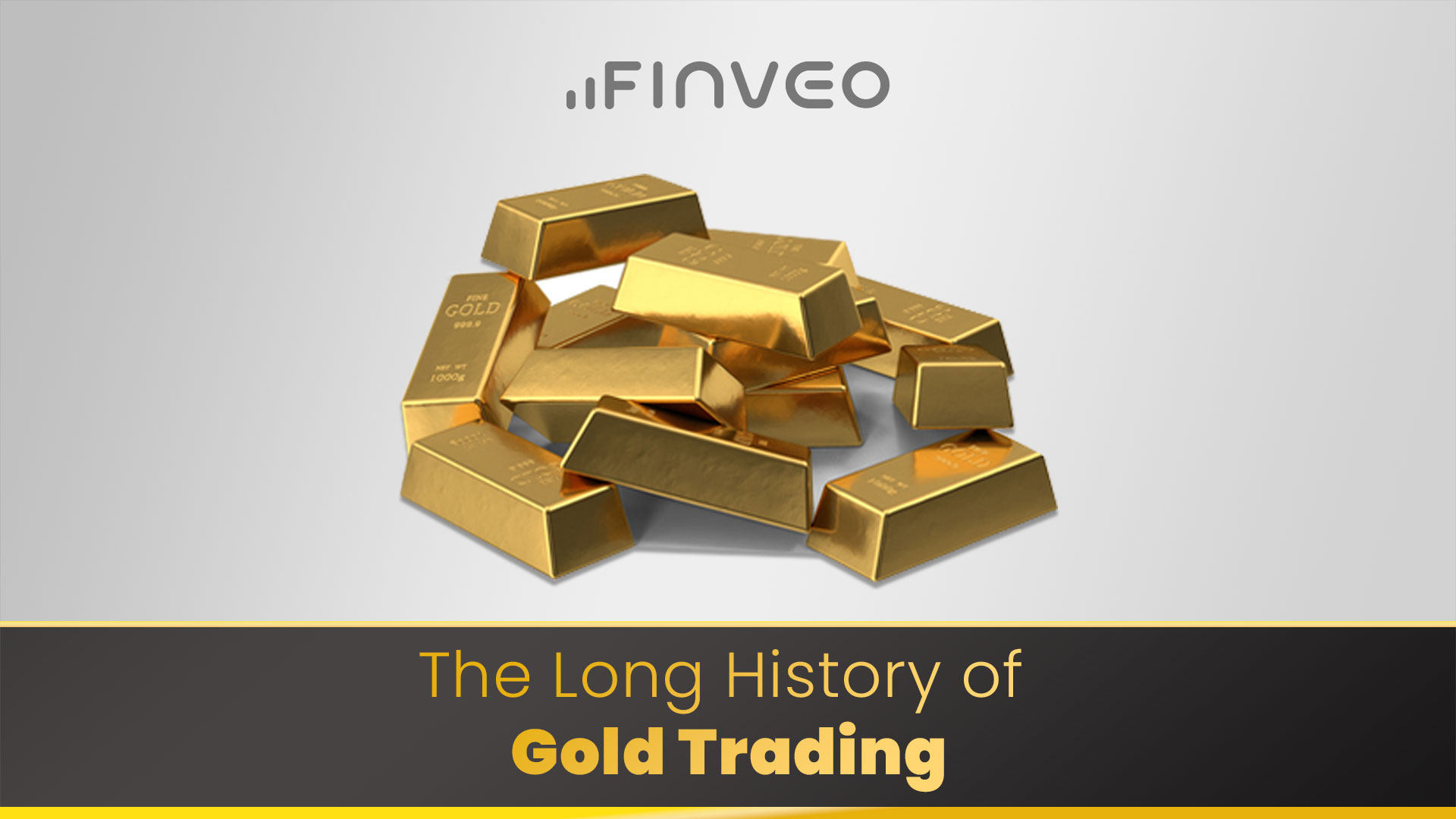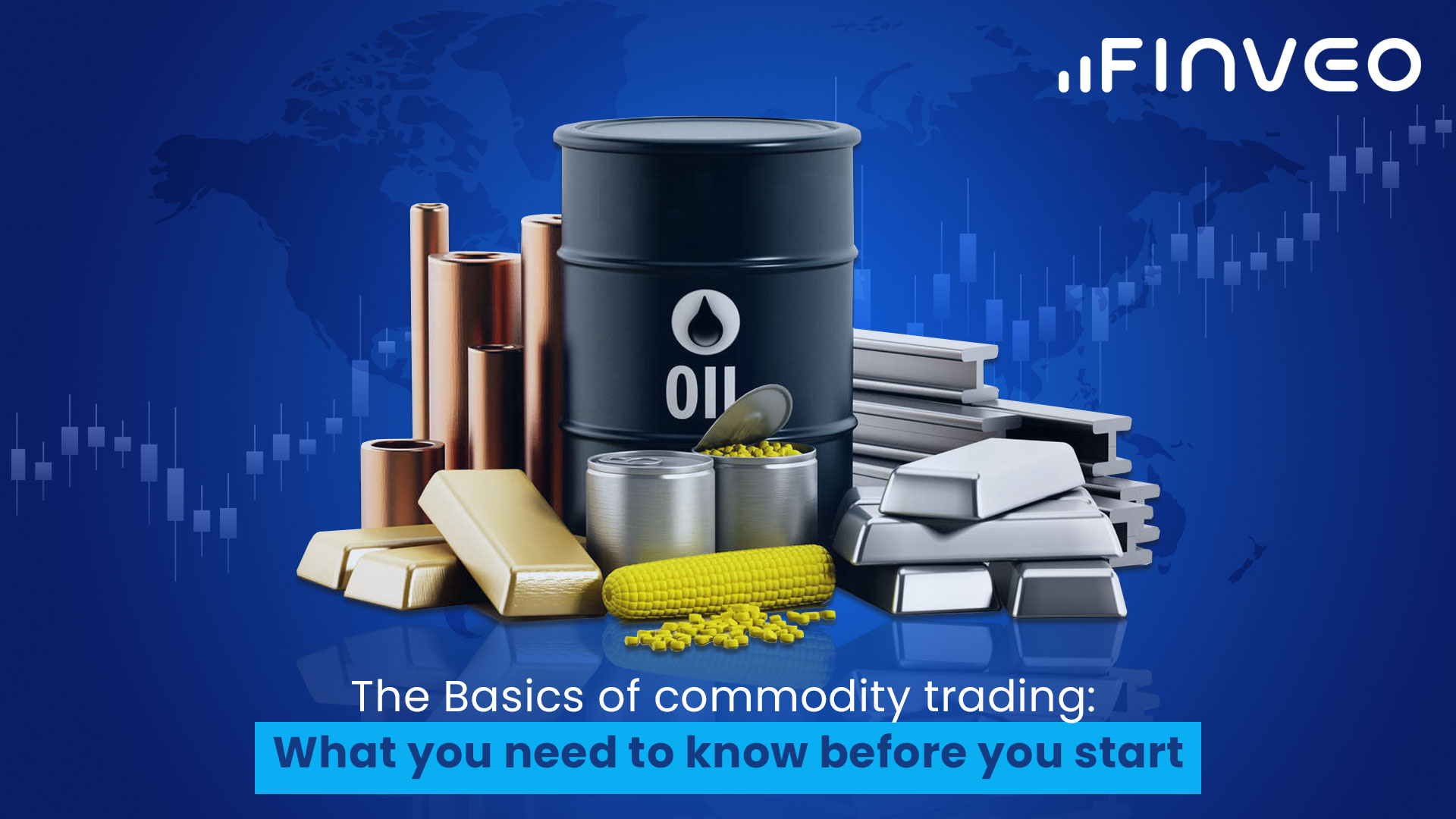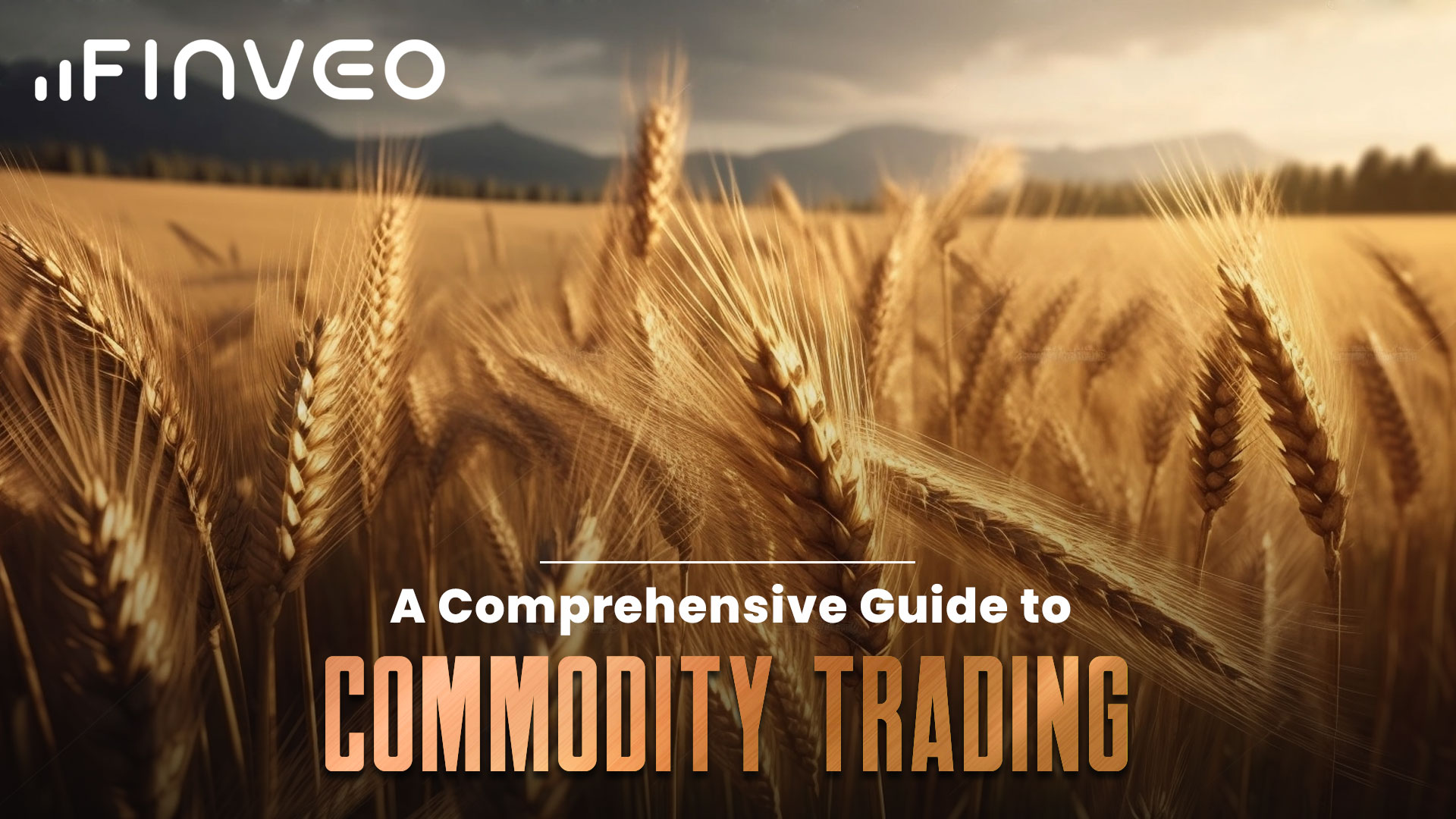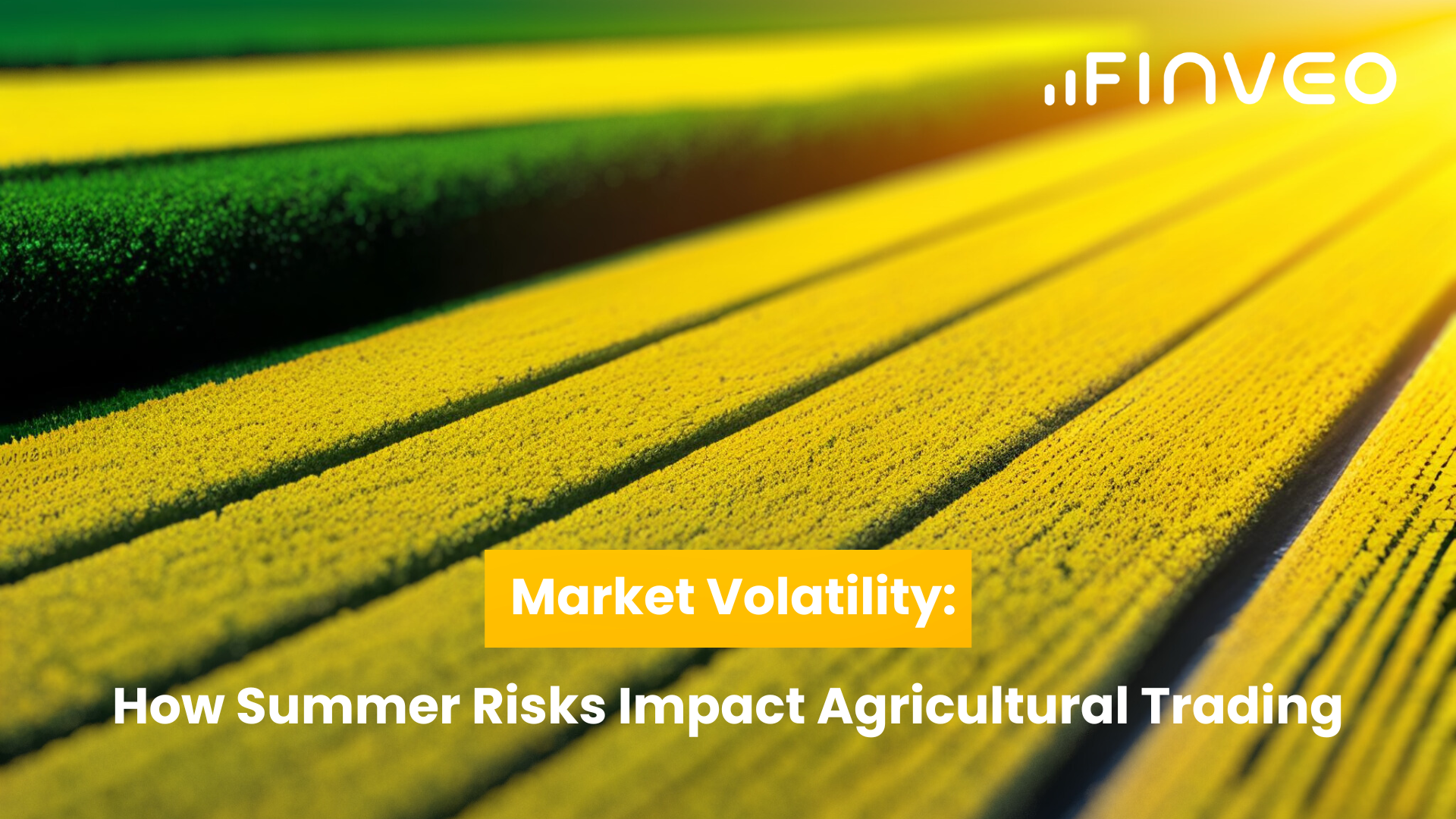
Early Beginning
Gold has been a valuable commodity throughout human history, and the trade of gold has been an integral part of commerce and finance for thousands of years. From the ancient Egyptians and Greeks to the modern global economy, the long history of gold trading is a fascinating story of human ingenuity, exploration, and innovation.
The earliest recorded gold trading dates back to ancient Egypt , where gold was used as currency and traded for other goods and services. Egyptian pharaohs amassed great wealth in gold, which they used to finance their armies and build monumental structures like the pyramids. Gold was also used in religious ceremonies and burial rites, as the Egyptians believed that it symbolized the eternal nature of the gods and the afterlife.
The Greeks and Romans continued the tradition of gold trading, using gold coins as a form of currency and trading them for goods and services. The Roman Empire in particular was known for its extensive use of gold, which was mined from sources across Europe and the Middle East. The wealth of the Roman Empire was built on the gold trade, which helped to finance its military conquests and expansion.
From Middle Ages to Modern Days
In the Middle Ages, gold continued to be a valuable commodity, but its trade was largely controlled by wealthy merchants and aristocrats. The Knights Templar, a powerful religious order in Europe, were known for their vast wealth and their role in financing the Crusades. The Templars controlled a network of gold trading routes across Europe and the Middle East, and their influence helped to shape the course of medieval history.
During the Renaissance, gold trading became more widespread and accessible to ordinary people. The discovery of new sources of gold in the Americas, Africa, and Asia led to an increase in trade and exploration, as European nations vied for control of these valuable resources. The rise of banking and finance also helped to facilitate the trade of gold, as investors and traders used gold as a hedge against inflation and financial instability.
In the modern era, gold trading has become a global industry, with markets and exchanges located in major financial centers around the world. The price of gold is determined by supply and demand, as well as by factors such as interest rates, inflation, and political instability. Gold continues to be a popular investment, as well as a store of value and a symbol of wealth and prestige.
Golden Facts:
- It is the only metal that’s yellow
- It is the most malleable metal
- Can be viewed as a currency
- It has different forms of investment (which we adore)
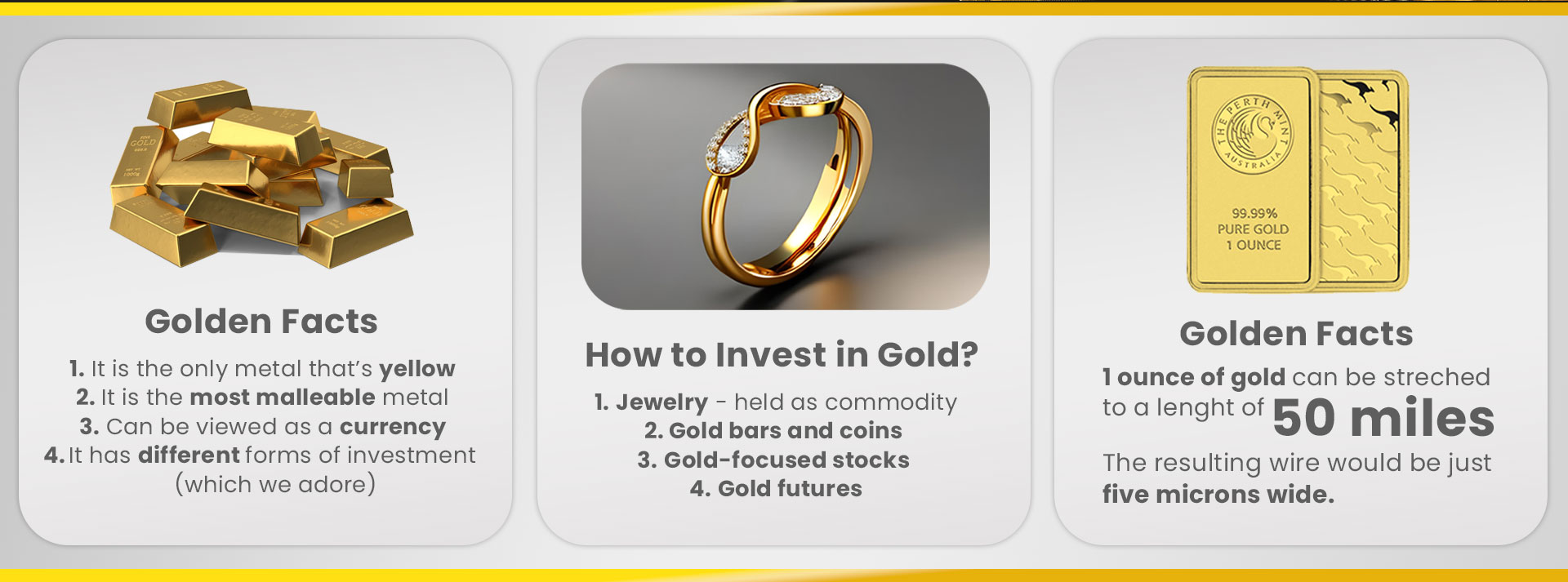
How to Invest in Gold?
You can buy gold in the forms of:
- Jewelry – This can be a pretty way of owning physical gold which can be later traded but mainly is used when someone wants to hold a commodity longer.
- Gold bars and coins - This involves purchasing physical gold in the form of coins or bars. This method is suitable for those who want to hold gold for a longer period
- Gold ETF - Gold Exchange Traded Funds (ETFs) are investment funds that track the price of gold. Investing in gold ETFs is a convenient and cost-effective way of owning gold without the need to store physical gold.
- Gold-focused stocks - Investing in gold-focused stocks provides exposure to the gold market without owning physical gold. This method is suitable for those who want to invest in the gold industry rather than gold itself.
- Gold futures - Gold futures and options allow investors to buy and sell gold at a specific price on a specific date. This method is suitable for experienced investors who want to make short-term investments.
Before investing in gold, it is essential to understand the risks involved and do proper research. It is recommended to seek advice from a financial advisor before making any investment decisions.
The Biggest Producers of Gold
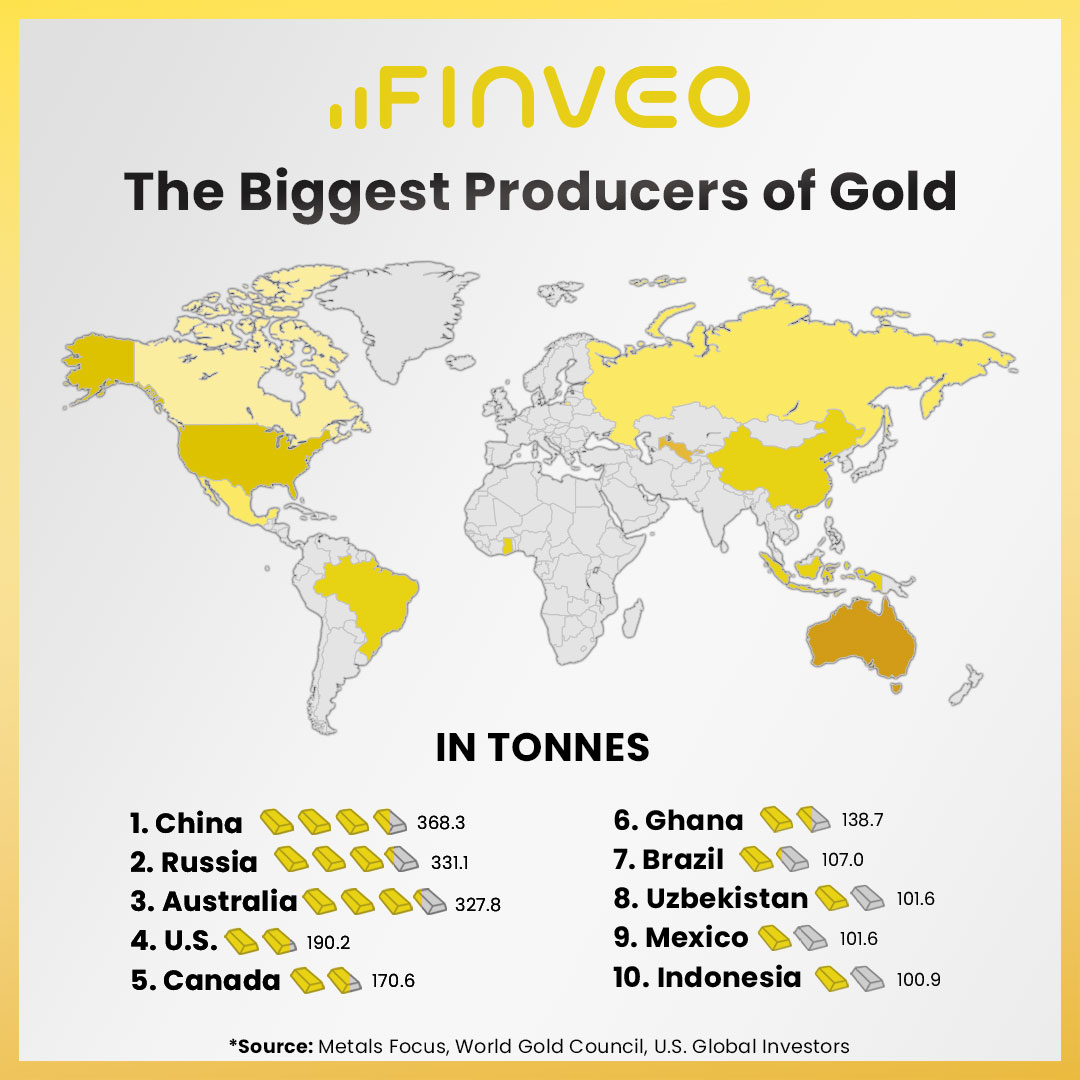
The world’s biggest gold producers are:
China
China is the world's largest gold producer, with an annual production of around 380 metric tons.
Australia
Australia is the world's second-largest producer of gold, with an annual production of around 320 metric tons.
Russia
Russia is the world's third-largest producer of gold, with an annual production of around 310 metric tons.
United States
The United States is the world's fourth-largest producer of gold, with an annual production of around 200 metric tons.
Canada
Canada is the world's fifth-largest producer of gold, with an annual production of around 170 metric tons.
Other significant producers of gold include Peru, South Africa, Mexico, Brazil, and Ghana.
Final Thoughts
The long history of gold trading is a testament to the enduring value and importance of this precious metal. From ancient Egypt to the modern global economy, gold has played a vital role in commerce, finance, and human society. Whether as a form of currency, a symbol of power and prestige, or a hedge against economic instability, gold remains one of the most valuable and sought-after commodities in the world.
With all this knowledge, you are now ready to invest in gold and gain profit!
